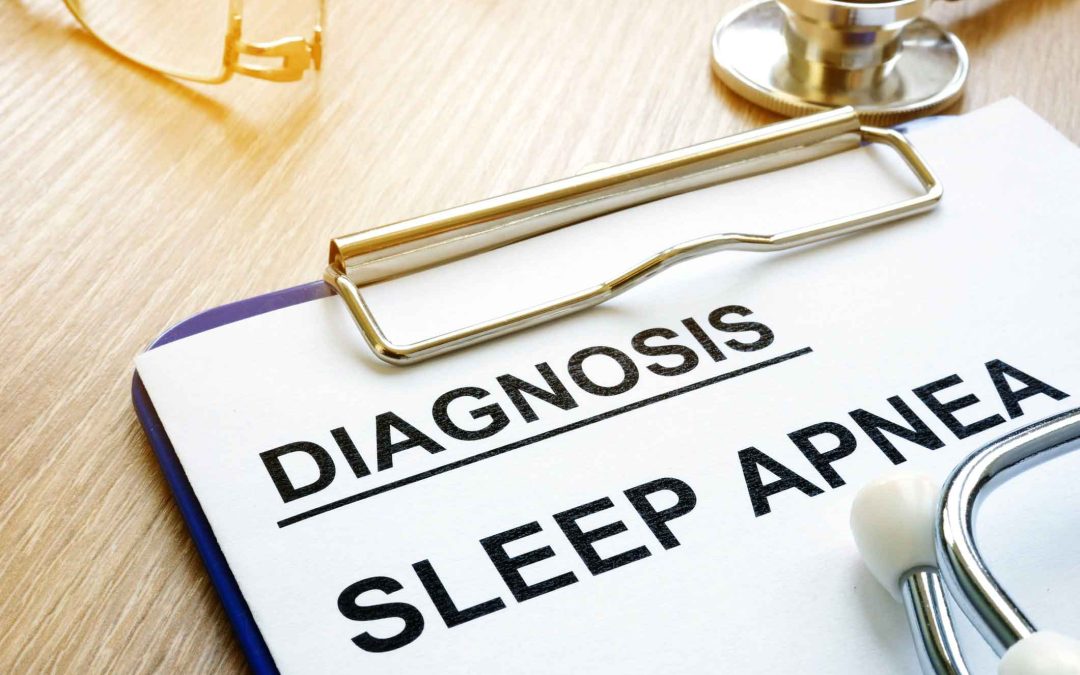Understanding Sleep Apnea Diagnosis
Sleep apnea, a serious sleep disorder that interrupts breathing during sleep, requires timely diagnosis and treatment. This disorder not only disrupts sleep patterns but also leads to severe health complications if left untreated. In this blog post, we delve into the diagnostic procedures for sleep apnea, emphasizing the role of Sleep Solutions in guiding patients through their journey to better sleep and health. Repeated interruptions in breathing characterize sleep apnea during sleep, which can result in decreased oxygen levels in the body and fragmented sleep. The most common type, obstructive sleep apnea (OSA), occurs when the throat muscles relax excessively and block the airway. Central sleep apnea, though less common, arises from a failure of the brain to signal the muscles to breathe. Regardless of the type, the consequences of untreated sleep apnea can be profound, affecting cardiovascular health, cognitive function, and overall quality of life.
Recognizing the Symptoms: The First Step
The diagnosis of sleep apnea often begins after individuals or their loved ones notice symptoms like loud snoring, daytime fatigue, or sudden awakenings with a gasping or choking sensation. However, recognizing these symptoms is just the starting point. The actual diagnosis requires a comprehensive approach involving medical history evaluation, physical examination, and sleep studies. A thorough medical history evaluation typically includes inquiries about the patient’s sleep patterns, lifestyle habits, and any pre-existing medical conditions that could contribute to sleep apnea, such as obesity, hypertension, or diabetes. The physician may also ask about the patient’s family history, as sleep apnea can run in families. The physical examination may involve checking for anatomical factors that could lead to airway obstruction, such as enlarged tonsils, a thick neck, or a deviated septum. In some cases, the doctor may recommend imaging studies to visualize the upper airway or other structures.
The Role of Medical History and Physical Examination
Upon visiting Dr. Perry at Sleep Solutions, patients undergo a detailed medical history review and physical examination. This initial step is crucial as it helps in ruling out other medical conditions that might mimic sleep apnea symptoms. The examination often focuses on the throat, mouth, and nose to check for any abnormalities that could contribute to breathing issues during sleep. Once the physical examination is complete, Dr. Perry typically discusses the patient’s sleep patterns and habits in detail. This conversation may include inquiries about the patient’s sleeping environment, lifestyle choices, and any specific symptoms they have experienced, such as snoring, gasping for air, or excessive daytime sleepiness. Patients may also be asked to fill out questionnaires designed to assess the severity of their sleep issues and to gather more information about their overall health.
Sleep Studies: The Cornerstone of Diagnosis
Sleep studies are the cornerstone in diagnosing sleep apnea. These studies can be conducted in a sleep lab or at home, depending on the severity of symptoms and patient convenience. Home sleep apnea testing (HSAT) offers a more convenient alternative for certain patients. This method typically involves a simplified device that the patient wears overnight in their own bed. While HSAT can effectively screen for obstructive sleep apnea (OSA), it may not capture the full range of sleep disturbances or provide as detailed an analysis as a lab study. Consequently, the choice between a sleep lab and home testing often depends on the patient’s medical history, the presence of comorbid conditions, and the specific symptoms experienced.
In-Lab Sleep Studies (Polysomnography)
Polysomnography, conducted in a sleep lab, is the most comprehensive sleep study. It involves overnight monitoring of your brain waves, oxygen levels, heart rate, breathing, and eye and leg movements. The data collected provides a detailed picture of your sleep cycles and helps in identifying any disruptions caused by sleep apnea.
Home Sleep Apnea Testing (HSAT)
For most patients, Dr. Perry will recommend Home Sleep Apnea Testing (HSAT). This convenient option allows patients to stay in the comfort of their homes while a portable device collects data on breathing patterns, airflow, and blood oxygen levels during sleep. Although HSAT is less comprehensive than polysomnography, it’s a reliable method for diagnosing obstructive sleep apnea in uncomplicated cases.
Interpreting the Results
Once the sleep study is complete, sleep specialists analyze the data. One key metric they look for is the number of apnea events per hour, known as the Apnea-Hypopnea Index (AHI). An AHI of 5 to 15 indicates mild sleep apnea, 15 to 30 points to moderate sleep apnea, and over 30 suggests severe sleep apnea.
The Importance of Professional Evaluation
After the diagnosis, Dr. Perry will play a pivotal role in crafting a personalized treatment plan. Whether it’s with an oral appliance or laser therapy, Dr. Perry will consider not just the severity of the sleep apnea, but also the patient’s lifestyle, preferences, and overall health. This holistic approach ensures that the treatment not only addresses the sleep apnea, but also enhances the patient’s quality of life.
Embracing a Healthier Sleep Journey
Diagnosing sleep apnea is a multi-faceted process that combines symptom recognition, professional evaluation, and specialized sleep studies. Sleep Solutions stands as a committed partner in this journey, offering state-of-the-art diagnostic tools and personalized care plans. Remember, acknowledging the symptoms is your first step towards a healthier sleep pattern and a revitalized life.
Incorporating a comprehensive diagnosis process and leveraging the expertise of sleep specialists at Sleep Solutions ensures that individuals with sleep apnea receive the care they need. It’s not just about diagnosing a disorder; it’s about paving the way for restorative sleep and improved well-being.

